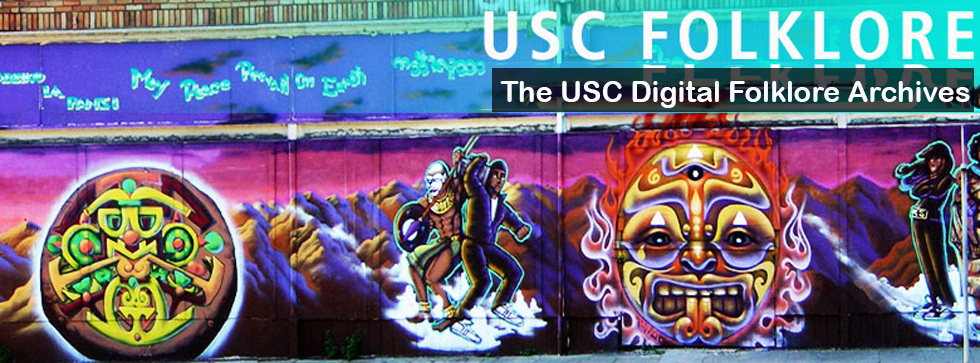Text: “A super popular legend in Massachusetts is the story of the Bridgewater Triangle which is like an area in southeastern Massachusetts that is supposedly haunted by ghosts, UFOs, and other paranormal phenomena. According to legend, the Bridgewater Triangle is a hub of supernatural activity, with many people claiming to have witnessed strange occurrences in the area. These include sightings of Bigfoot-like creatures, mysterious orbs of light, and ghostly apparitions. The Hockomock Swamp, which is located within the Bridgewater Triangle, is said to be a particularly active area for paranormal activity and I personally heard a story about a ufo with a bunch of flashing lights being seen there, but I have also heard about people saying they’ve seen bigfoots or like giant snakes there. Its basically this huge area where a ton of weird unexplainable stuff happens.”
Context: CW is a very close friend of mine and it was clear to me from the very beginning of this story that he did not really believe in the supernatural sightings within the Bridgewater triangle, but he still said this legend was very very common in Massachusetts. He recalls first being told about it by his friend in middle school, but that when he was first told about it, his friend blew it out of proportion, saying that the ghosts of several random famous people have been seen there having parties or that aliens often go there to just casually hangout. This led to a good laugh and it also helped explain why he was altogether unphased by the supposed supernatural nature of this area close to his home. We looked up if any of the supposed sightings could be backed by evidence and while we found some very blurry pictures it was certainly not enough to “prove” anything.
Analysis: I found this to be one of the more enjoyable legends I have been told about particularly because it leaves a lot up to the person hearing the story’s imagination. It seems that it does not necessarily matter what supernatural activity occurs in the Bridgewater Triangle, it is more important just to believe that something supernatural might be happening there in general. The legend has supposedly gained a large following among paranormal enthusiasts and has been the subject of numerous books, movies, and TV shows. Additionally, many people who live in the area have reported experiencing strange occurrences and believe in the supernatural happenings that are said to occur in the Bridgewater Triangle. This legend exists because of the numerous reports of paranormal activity and strange occurrences that have been reported in the area. The stories of this particular area have been passed down from generation to generation, and many people believe in the supernatural happenings that are said to occur there. This leads me to believe that it s primarily passed down through word of mouth. People who have experienced strange occurrences in the area share their stories with others, who then pass them on to their friends and family. Like in the case of CW, who heard the legend from his close friend. I also enjoy the fact that this particular legend can have many different effects on a person or group depending on what they believe in. Because of the lack of concrete or credible evidence, this falls nicely into the category of legend because of how much people do truly believe in the supernatural activity of this area, even though it is yet to be proven.
